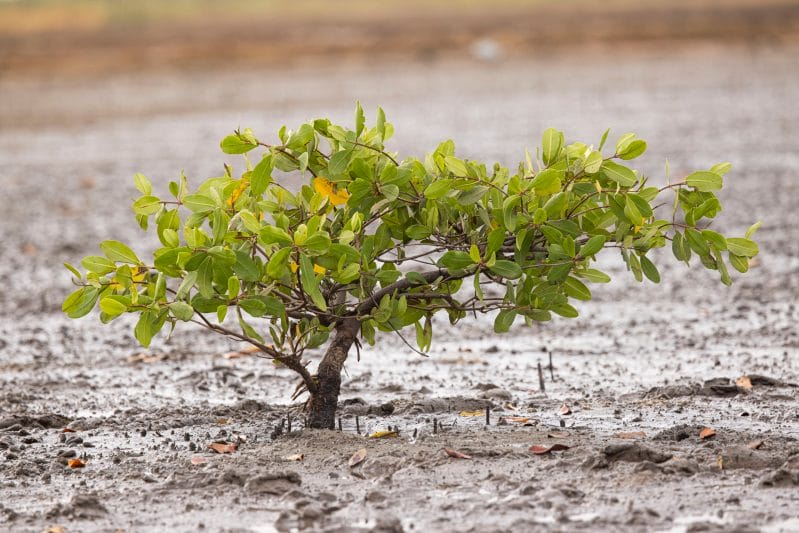That forests are actually good for our health is not news. They provide oxygen, water and nutrition. Plants have also been used as natural remedies and medicines for thousands of years. At our project site, we see a variety of medicinal herbs growing. It’s a kind of forest pharmacy and today we would like to introduce you to two of the super ingredients it provides.
Have you ever heard about wintergreen oil? The American wintergreen (above) is perhaps the most popular but it’s Indian cousin has equal medicinal value. The oil is extracted through steam distillation of the leaves of the wintergreen (Gaultheria fragrantissima) plant and possesses stimulant and antiseptic properties. It’s not a tree, but a shrub and produces little berries. It belongs to a genus of 135 tree species (of which the American wintergreen is one) and is indigenous to India and the Khasi Hills. It’s called nature’s aspirin because it cures headaches and rheumatic and arthritic pain and it also has a refreshing scent and its cooling effect on the skin makes it ideal for muscle relaxation.
Another great little medicine that grows in the Khasi hills is Centella asiatica, a herbaceous perennial plant. It cures stomach pain, serves as a blood purifier and is well known in ayurvedic medicine. Some say it is even good for memory enhancement. Though this species is not directly planted at our intervention site, it’s found in the more moist areas bordering our restoration plots.
In our Khasi Hills project, we are going to increasingly focus on wintergreen exploitation options to promote its sustainable use among rural communities. We will also look at including more herb and spices at our nurseries in the coming years to conserve and diversify indigenous knowledge and medicinal plants.















